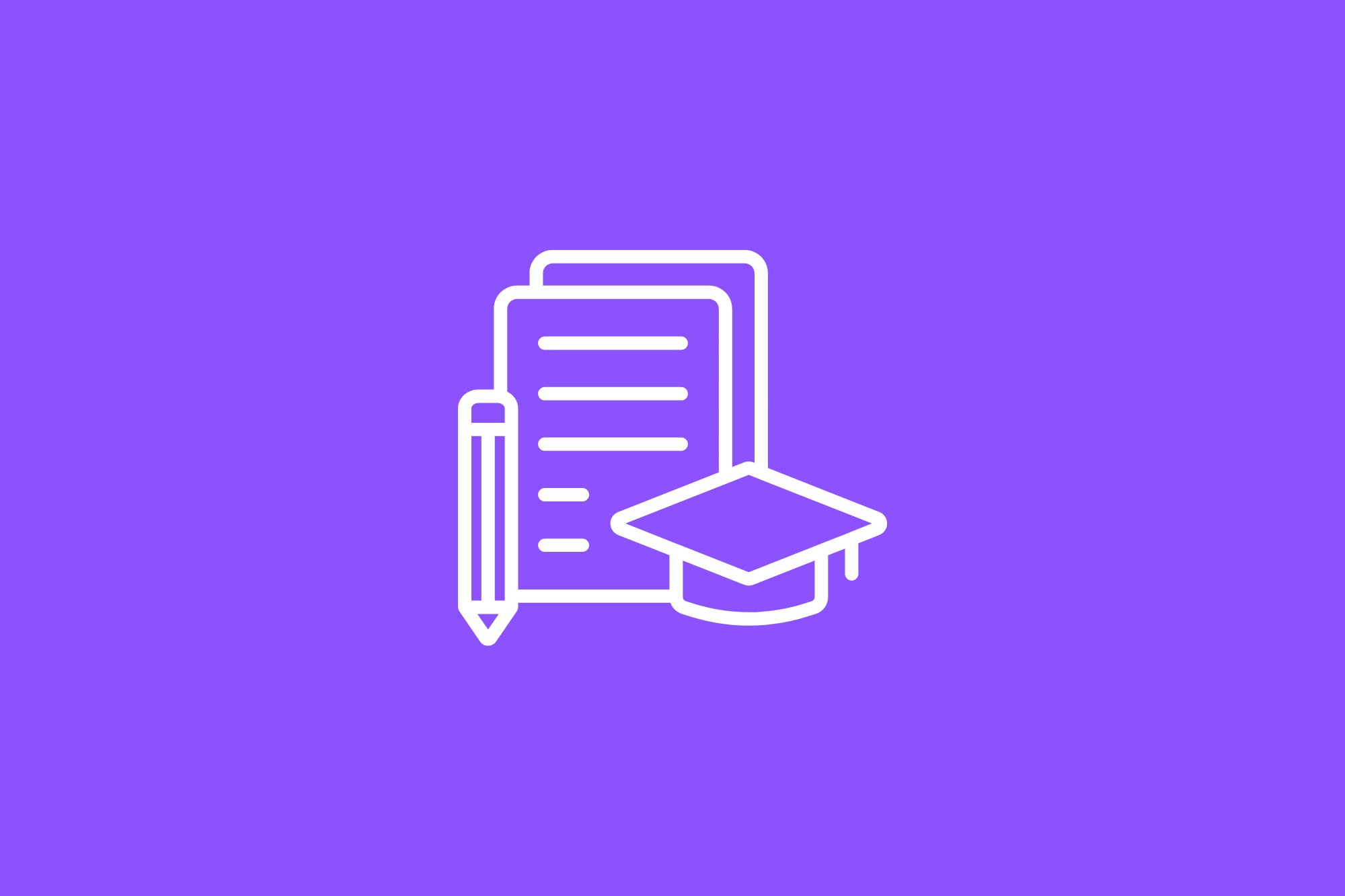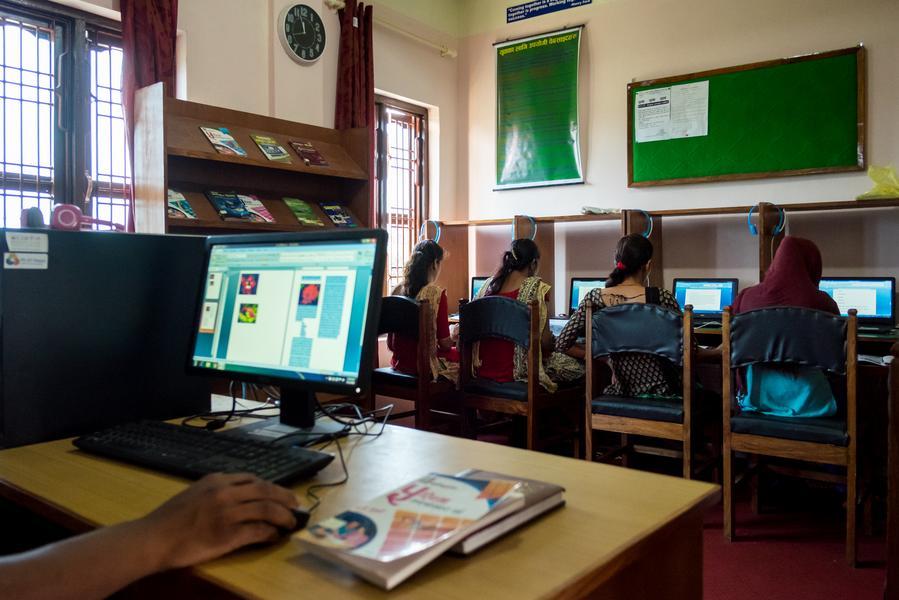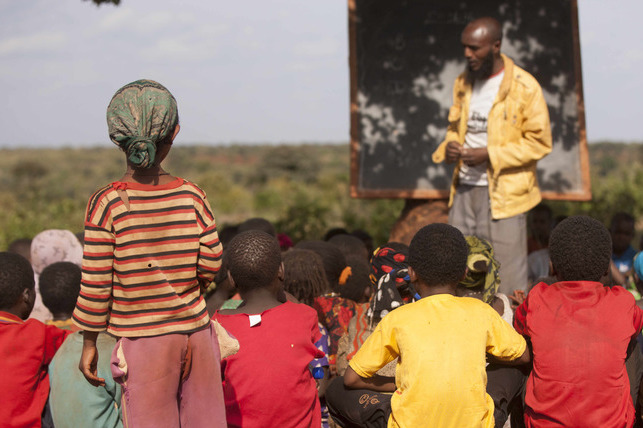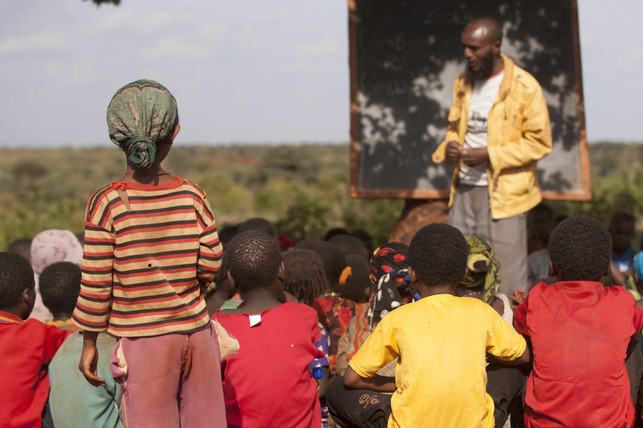Context and Issue:
Despite high primary school enrollment in India, many children struggle with basic literacy and numeracy. The 2018 ASER report revealed that only half of fifth graders could read a second-grade text. This learning crisis is especially severe among disadvantaged children who face socioeconomic hardships, limited resources, and outdated teaching methods. Overcrowded classrooms and a reliance on rote learning further hinder effective learning, leaving many students without the skills they need to succeed.
Solution:
The Read India Program, started by the NGO Pratham in 2007, focuses on improving reading and math skills for children aged 6 to 14 across India. The program uses a method called Teaching at the Right Level (TaRL), which groups children based on their actual learning levels instead of their age or grade. This approach allows for more targeted teaching that matches each child’s skill level, making learning more effective. Community volunteers and local teachers run short-term learning camps and school activities, using materials that are interesting and relevant to the children. Pratham also works with state governments to include TaRL methods in regular schools, aiming for lasting impact.
Impact:
The Read India Program has demonstrated remarkable success since its inception. Evaluations of the program show that learning results have increased noticeably. For example, there was a 51% increase in the proportion of kids who can read at least a grade-2 level. Additionally, the proportion of kids who can't recognize letters has drastically decreased. The situation is the same in mathematics. The curriculum has demonstrated measurable improvements in a number of skills, including addition and subtraction, and has recorded at least a 43% boost in number recognition. Over 424,000 pupils have been directly impacted by the program as of 2015, while over six million more had been indirectly impacted. These outcomes undoubtedly demonstrate how successful the program's tactics were.












